In Ireland, we are able to grow food for much of the year, but there are still many things our climate does not enable us to produce.
For this, vertical farming is a possible solution.
John Paul Prior specialises in vertical farming system integration and is the sales and strategy director at Farmony, a Dublin-based company that aims to bring technology and vertical farming systems together.
“A vertical farm grows up in stocked layers on a small [physical] footprint,” he says.
“Vertical farming systems commonly use hydroponics, aeroponics or aquaponic techniques (soil-free growing systems); giving plants the optimal nutrients they require and optimal environmental growing conditions.
“Once established, these growing conditions are replicated every day of the year, therefore maximising yields.”
Benefits
Some benefits of vertical farming include replacing imports from warmer-climate countries, the ability to re-purpose disused buildings (in both rural and urban areas) or older farming infrastructure and creating more sustainable employment for what is otherwise largely seasonal work.
In terms of demand, John Paul says supermarkets, foodservice operations and the everyday consumer all want to buy sustainably and locally, but also want consistent supply.
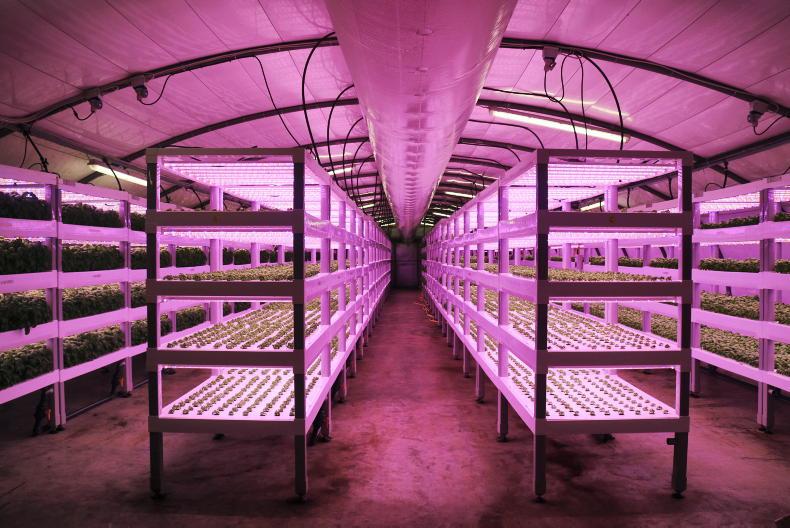
The vertical farms at Emerald Greens in Co Tipperary are made from repurposed mushroom growing sheds.
“We are now seeing larger businesses, like Compass Group and Musgrave, start contracts with vertical farming businesses to encourage their growth.
“These stable business relationships enable the farms to expand and start growing more variety.
“Vertical farming can go so far beyond where it might currently be perceived to be within the horticultural sector,” John Paul says.
“We as a company are excited about empowering local producers.
“This is an area where people can make a tangible local difference and vertical farming will attract new entrants and associated sustainable employment into the horticultural sector.”
Opportunity
Irish horticultural farmers are really great at what they do, so if it’s not broke, why fix it? John Paul stresses that vertical farming systems are not meant to replace any traditional type of farming system, but to enhance them – both from a financial and environmental point of view.
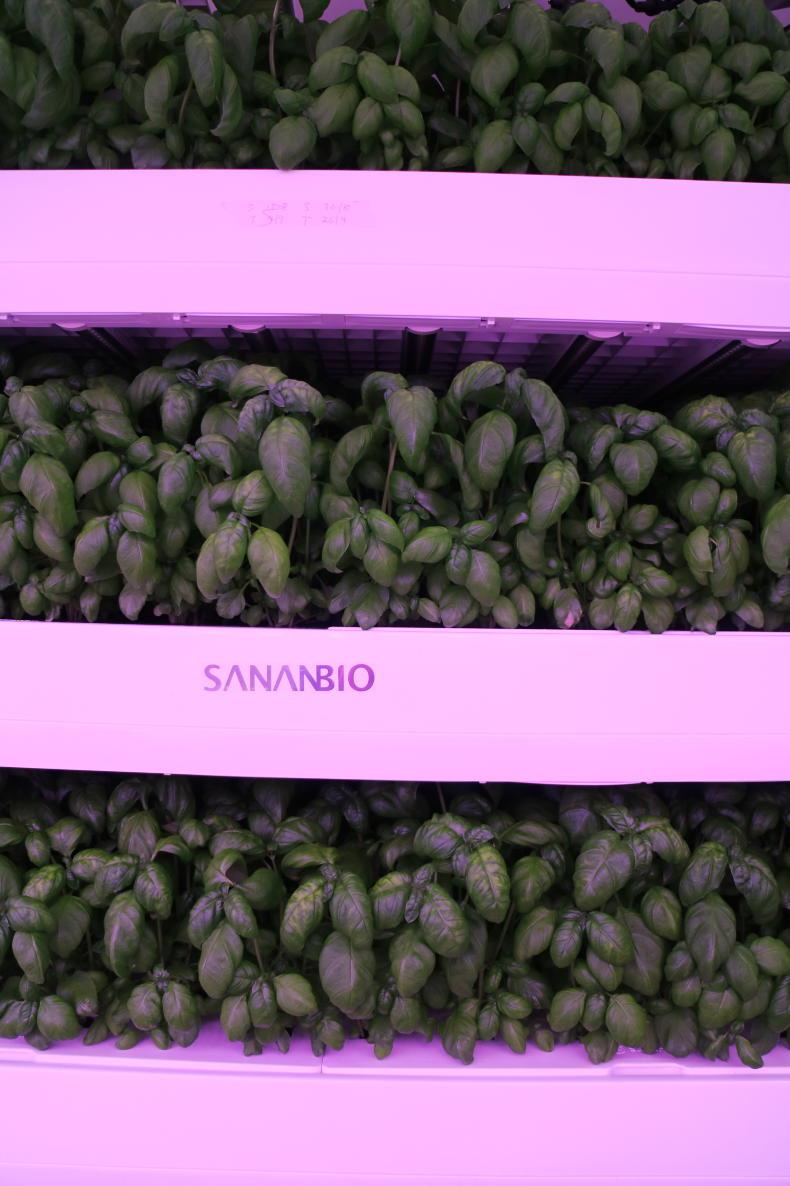
Vertically grown basil at Emerald Greens in Co Tipperary – the growing period is very short, meaning the turnover is fast and Brian can provide consistent, high-quality supply.
“Farmers could be growing their current crops seasonally and increasing output with a year-round vertical farming system in repurposed farm buildings,” he says.
“Vertical farming isn’t a threat. It’s something that should be embraced to supplement and complement current operations.”
Options
While things like leafy greens, vine-grown fruits and micro-herbs are some of the more common items you’ll find growing in vertical farm (mainly hydroponic) systems, the opportunities for developing this side of the Irish horticultural sector seem promising.
John Paul tells Irish Country Living that saffron – the most expensive spice in the world – is now being grown hydroponically.
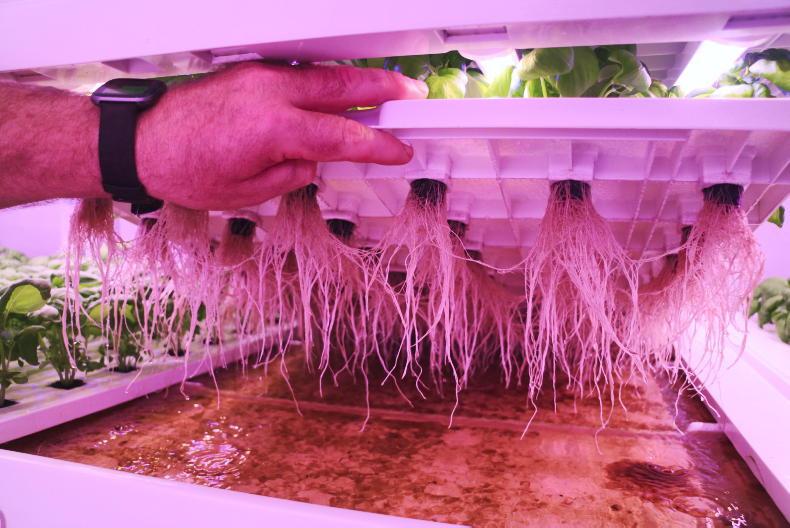
The modular vertical farming system here shows the seedlings on the top tray and their root systems sitting in nurtient-rich water.
“You can have different climates – you could have one vertical farm at one temperature and the other could be at a completely different temperature to grow different varieties,” he says. “It’s not just for foods – think medicinal herbs, pharmaceutical and cosmetic ingredients, which can all be produced in vertical systems.
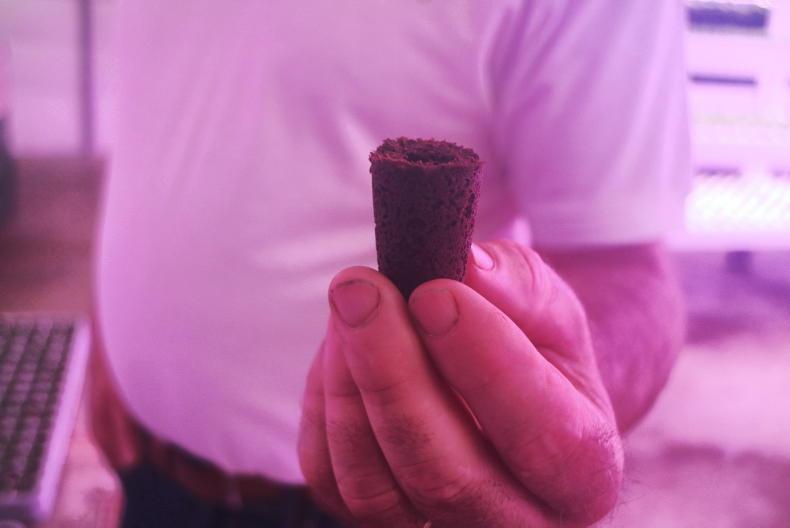
Peat pods are used to start off seedlings, but more sustainable options are being developed – hopefully in the not-too-distant future.
“From a career perspective, it’s not like running a regular farm – it’s closer to running a factory but in an accessible way,” he continues. “It’s all about measuring your productivity and making the best use of data. You’re constantly trying to replicate the best scenario and improve, where possible, through plant growth and workflow management.”
Interest
After establishing Farmony in late 2018, John Paul has seen a lot of growth in a short time. Farmony ships its vertical farming systems throughout the EU and has worked closely with those involved in the industry in Ireland.
“Specifically in the last 12 to 18 months there’s been huge interest,” he says.
“Much of that is probably driven by environmental challenges, Brexit and the volume of produce that we import.
“There are other factors too – these systems are pesticide-free, they reduce water consumption by 95% and they can reutilise space.
“These systems tie in with our obligations under the EU Green Deal.”
See farmony.ie for more information
Read more
Be prepared before filling out the CAO
Dublin brothers become Ireland’s first commercial vertical farmers
In Ireland, we are able to grow food for much of the year, but there are still many things our climate does not enable us to produce.
For this, vertical farming is a possible solution.
John Paul Prior specialises in vertical farming system integration and is the sales and strategy director at Farmony, a Dublin-based company that aims to bring technology and vertical farming systems together.
“A vertical farm grows up in stocked layers on a small [physical] footprint,” he says.
“Vertical farming systems commonly use hydroponics, aeroponics or aquaponic techniques (soil-free growing systems); giving plants the optimal nutrients they require and optimal environmental growing conditions.
“Once established, these growing conditions are replicated every day of the year, therefore maximising yields.”
Benefits
Some benefits of vertical farming include replacing imports from warmer-climate countries, the ability to re-purpose disused buildings (in both rural and urban areas) or older farming infrastructure and creating more sustainable employment for what is otherwise largely seasonal work.
In terms of demand, John Paul says supermarkets, foodservice operations and the everyday consumer all want to buy sustainably and locally, but also want consistent supply.

The vertical farms at Emerald Greens in Co Tipperary are made from repurposed mushroom growing sheds.
“We are now seeing larger businesses, like Compass Group and Musgrave, start contracts with vertical farming businesses to encourage their growth.
“These stable business relationships enable the farms to expand and start growing more variety.
“Vertical farming can go so far beyond where it might currently be perceived to be within the horticultural sector,” John Paul says.
“We as a company are excited about empowering local producers.
“This is an area where people can make a tangible local difference and vertical farming will attract new entrants and associated sustainable employment into the horticultural sector.”
Opportunity
Irish horticultural farmers are really great at what they do, so if it’s not broke, why fix it? John Paul stresses that vertical farming systems are not meant to replace any traditional type of farming system, but to enhance them – both from a financial and environmental point of view.

Vertically grown basil at Emerald Greens in Co Tipperary – the growing period is very short, meaning the turnover is fast and Brian can provide consistent, high-quality supply.
“Farmers could be growing their current crops seasonally and increasing output with a year-round vertical farming system in repurposed farm buildings,” he says.
“Vertical farming isn’t a threat. It’s something that should be embraced to supplement and complement current operations.”
Options
While things like leafy greens, vine-grown fruits and micro-herbs are some of the more common items you’ll find growing in vertical farm (mainly hydroponic) systems, the opportunities for developing this side of the Irish horticultural sector seem promising.
John Paul tells Irish Country Living that saffron – the most expensive spice in the world – is now being grown hydroponically.

The modular vertical farming system here shows the seedlings on the top tray and their root systems sitting in nurtient-rich water.
“You can have different climates – you could have one vertical farm at one temperature and the other could be at a completely different temperature to grow different varieties,” he says. “It’s not just for foods – think medicinal herbs, pharmaceutical and cosmetic ingredients, which can all be produced in vertical systems.

Peat pods are used to start off seedlings, but more sustainable options are being developed – hopefully in the not-too-distant future.
“From a career perspective, it’s not like running a regular farm – it’s closer to running a factory but in an accessible way,” he continues. “It’s all about measuring your productivity and making the best use of data. You’re constantly trying to replicate the best scenario and improve, where possible, through plant growth and workflow management.”
Interest
After establishing Farmony in late 2018, John Paul has seen a lot of growth in a short time. Farmony ships its vertical farming systems throughout the EU and has worked closely with those involved in the industry in Ireland.
“Specifically in the last 12 to 18 months there’s been huge interest,” he says.
“Much of that is probably driven by environmental challenges, Brexit and the volume of produce that we import.
“There are other factors too – these systems are pesticide-free, they reduce water consumption by 95% and they can reutilise space.
“These systems tie in with our obligations under the EU Green Deal.”
See farmony.ie for more information
Read more
Be prepared before filling out the CAO
Dublin brothers become Ireland’s first commercial vertical farmers





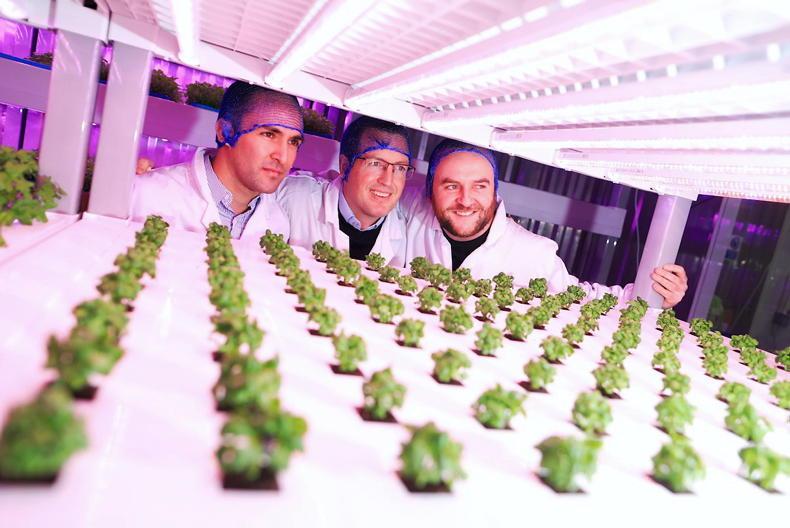




 This is a subscriber-only article
This is a subscriber-only article








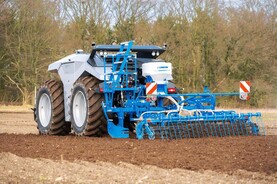
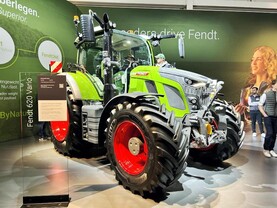
SHARING OPTIONS: